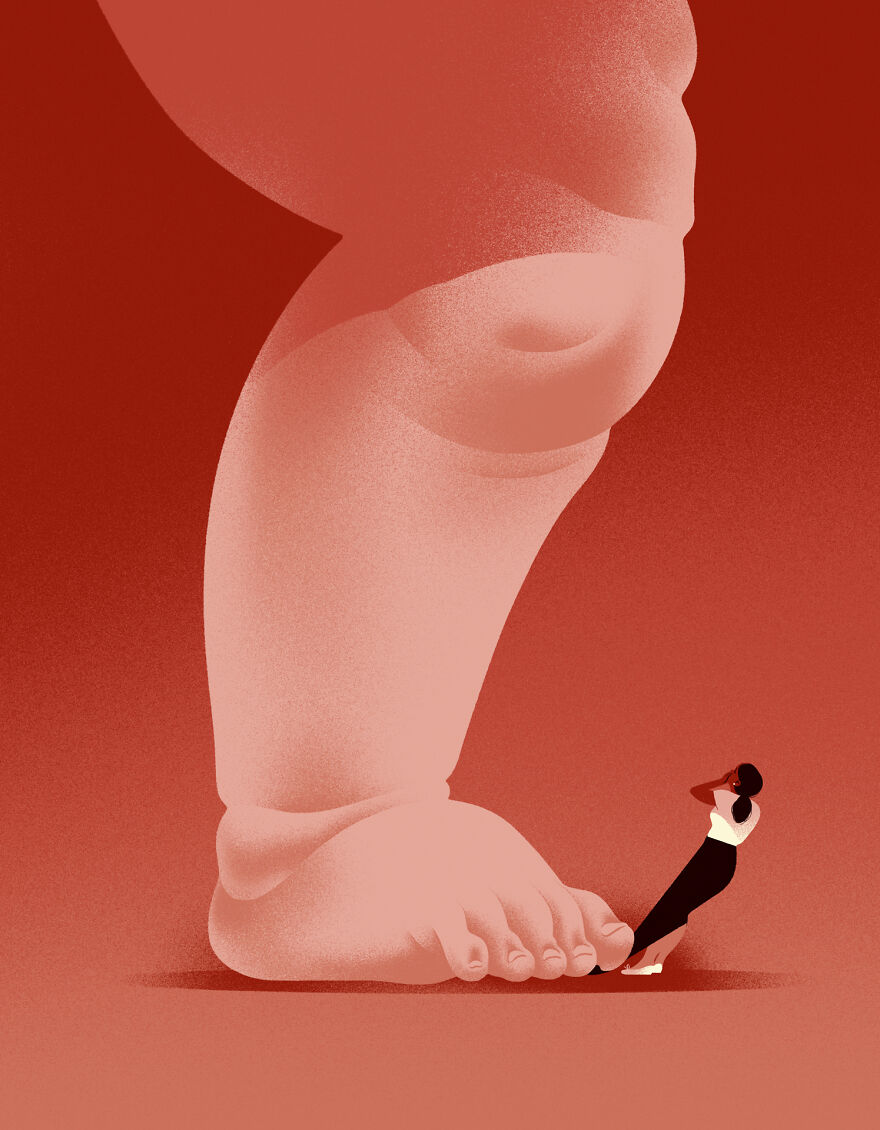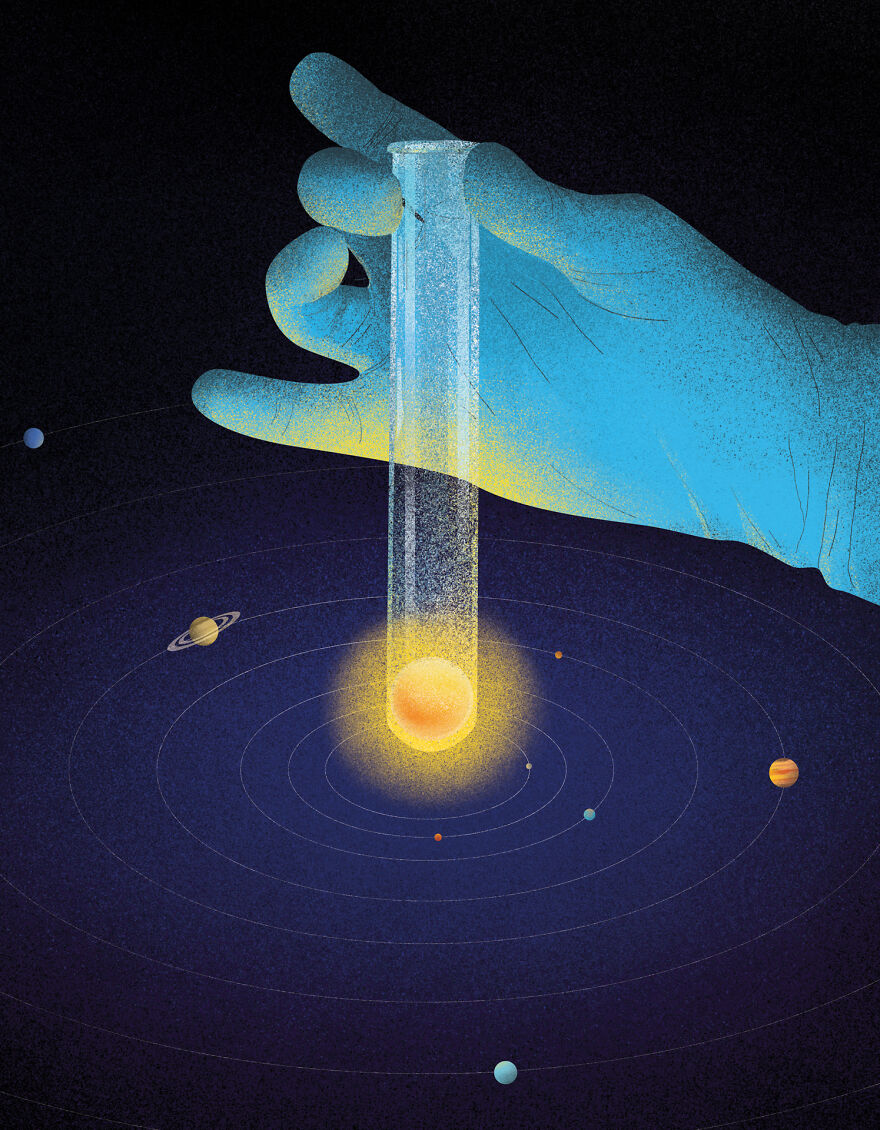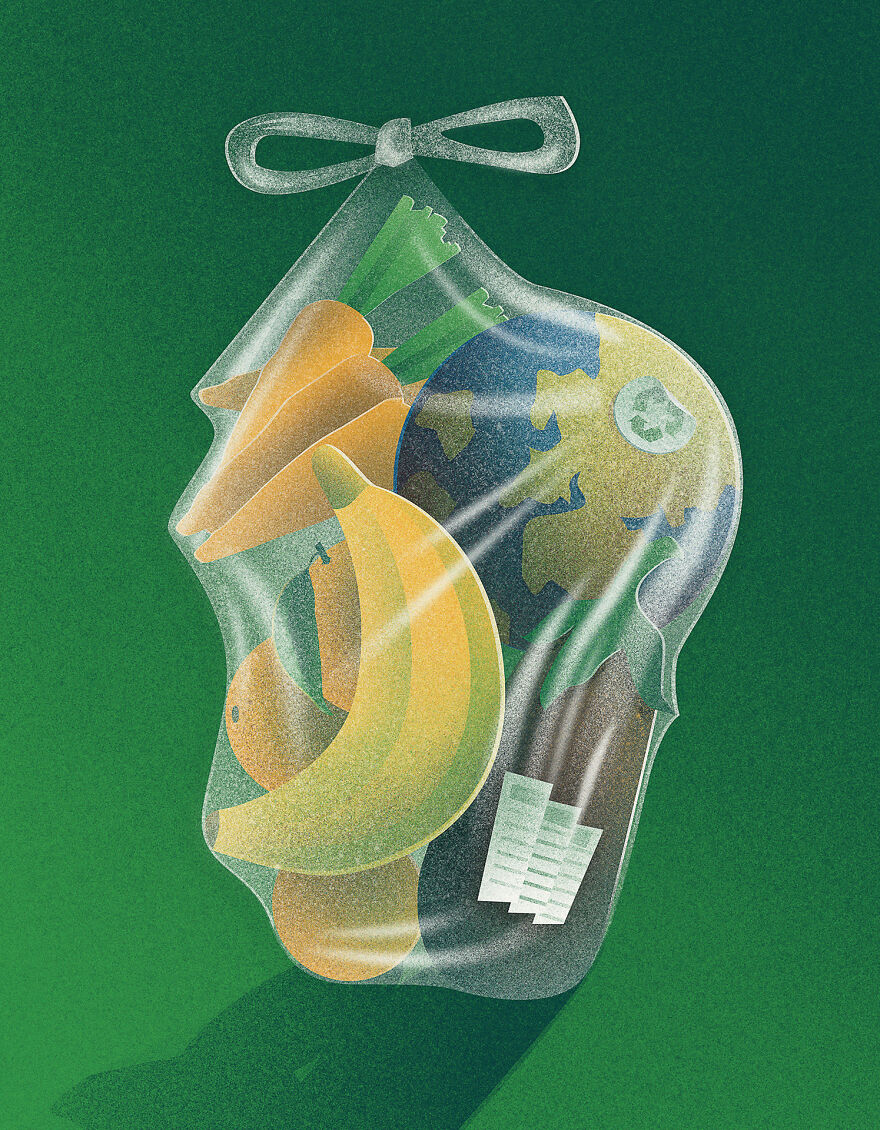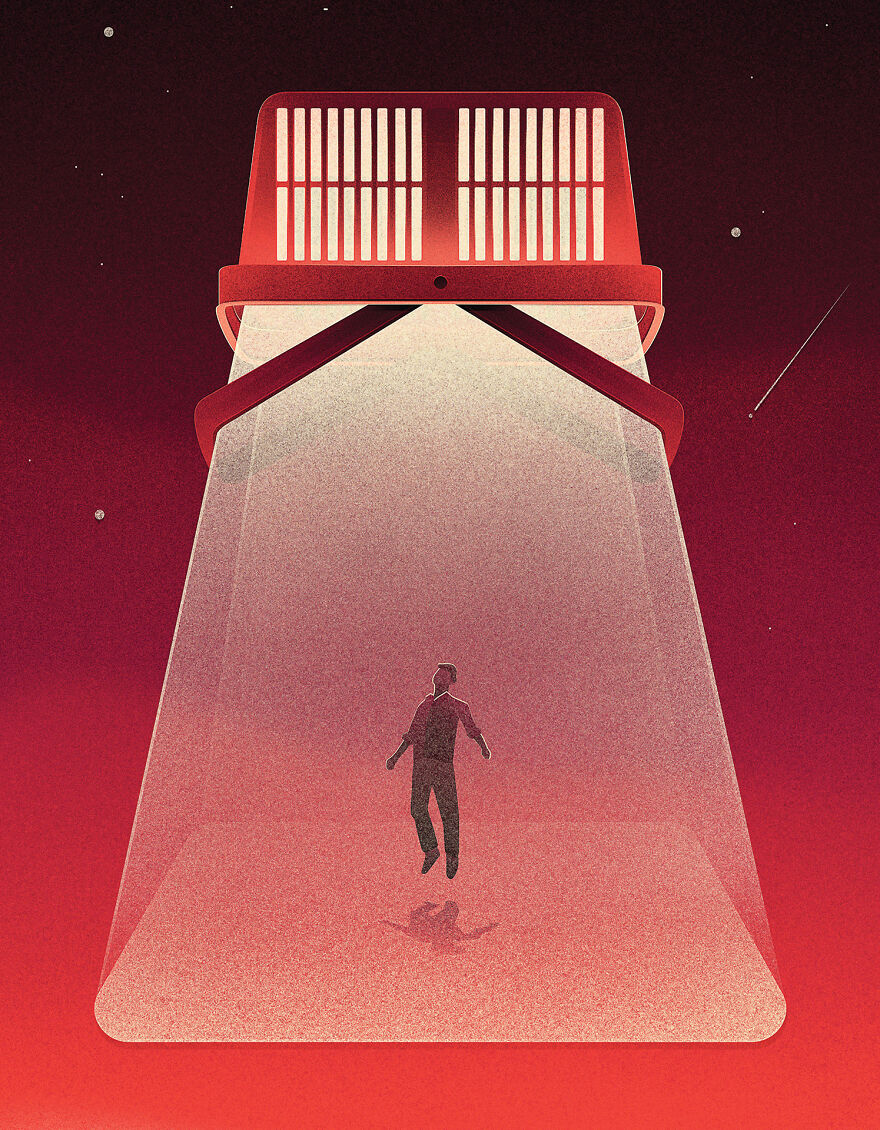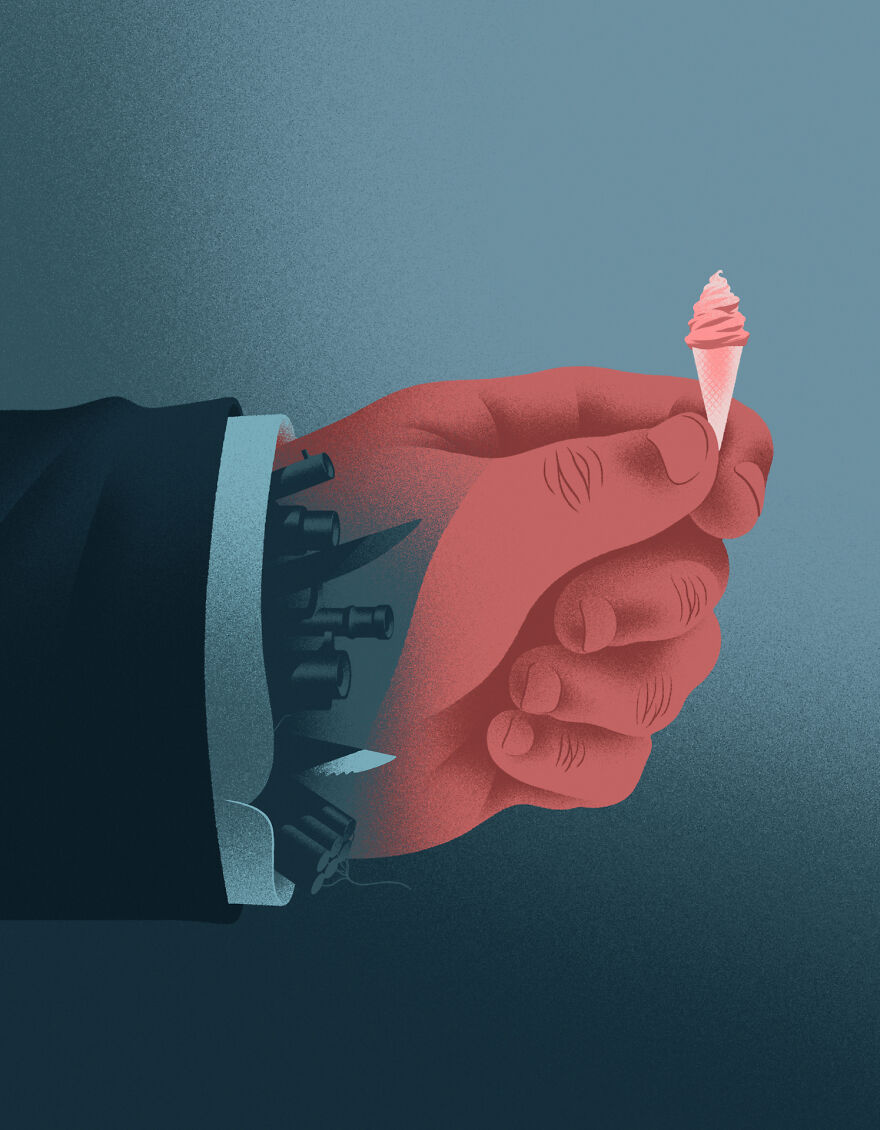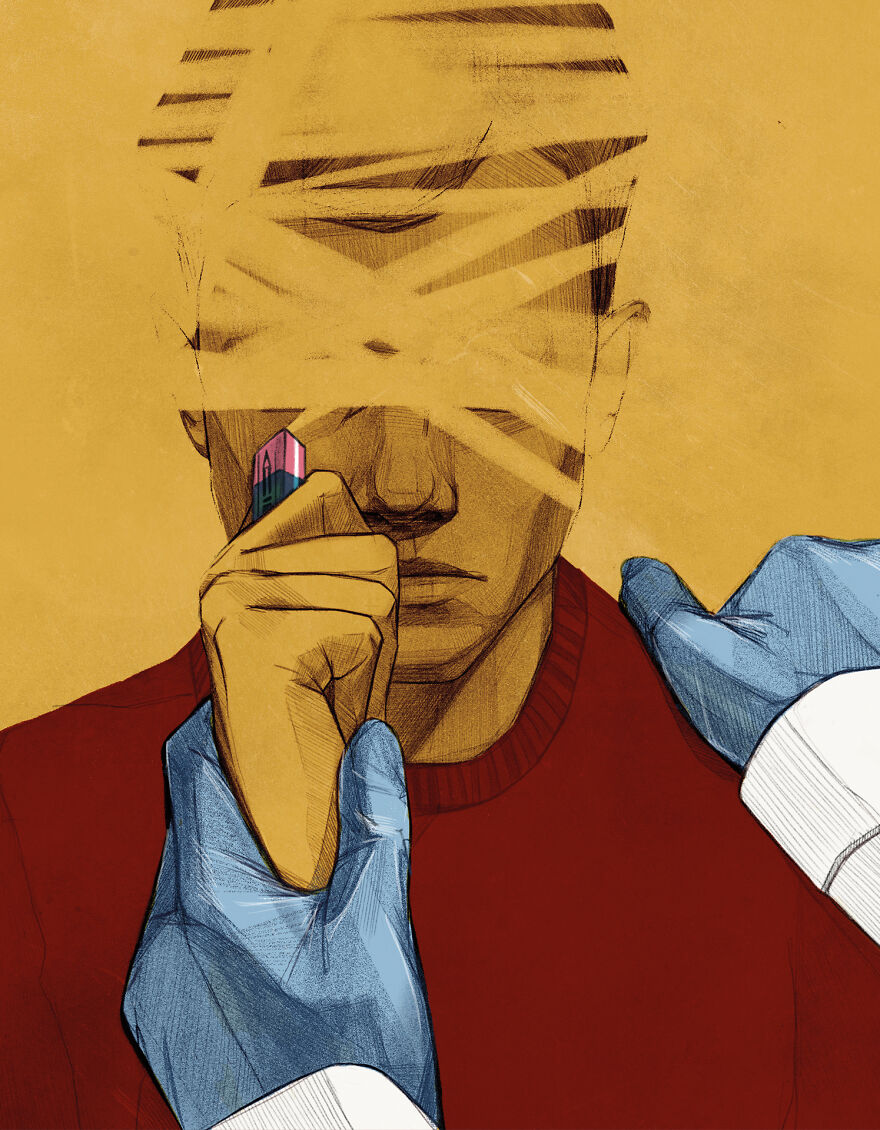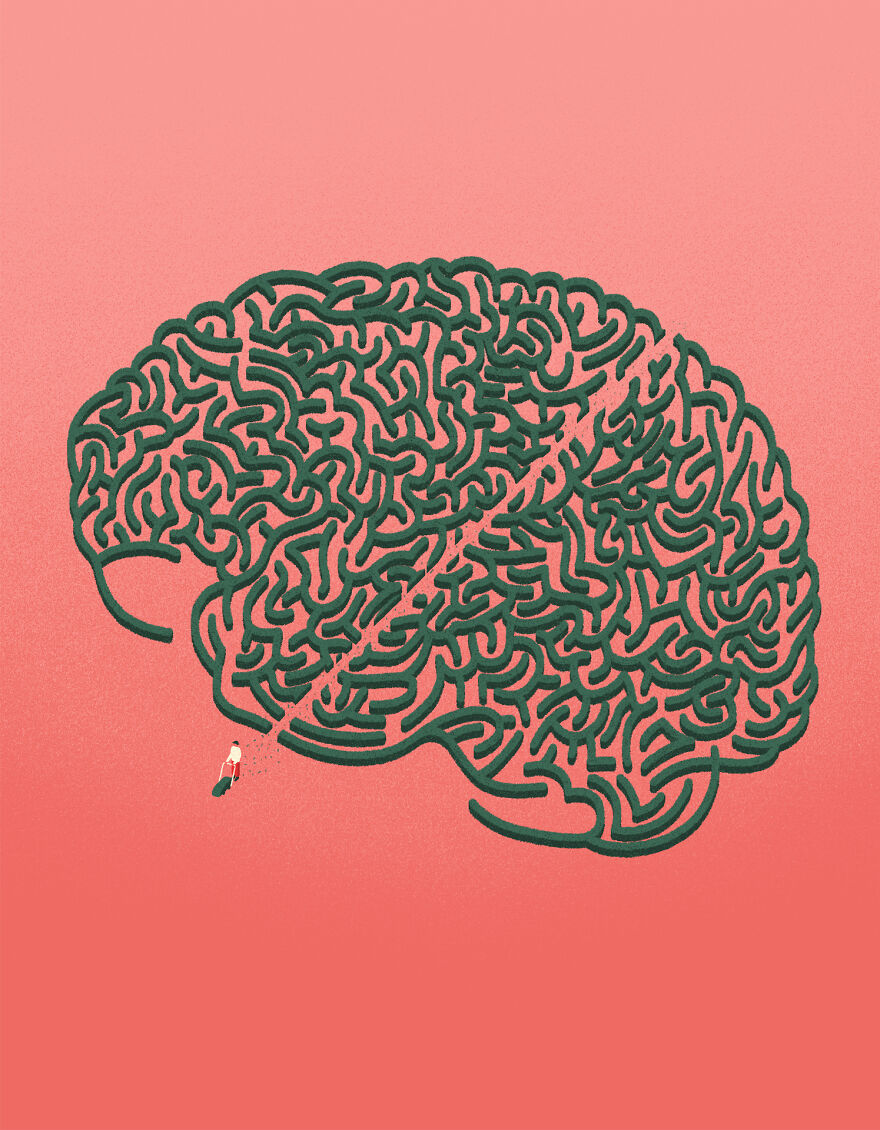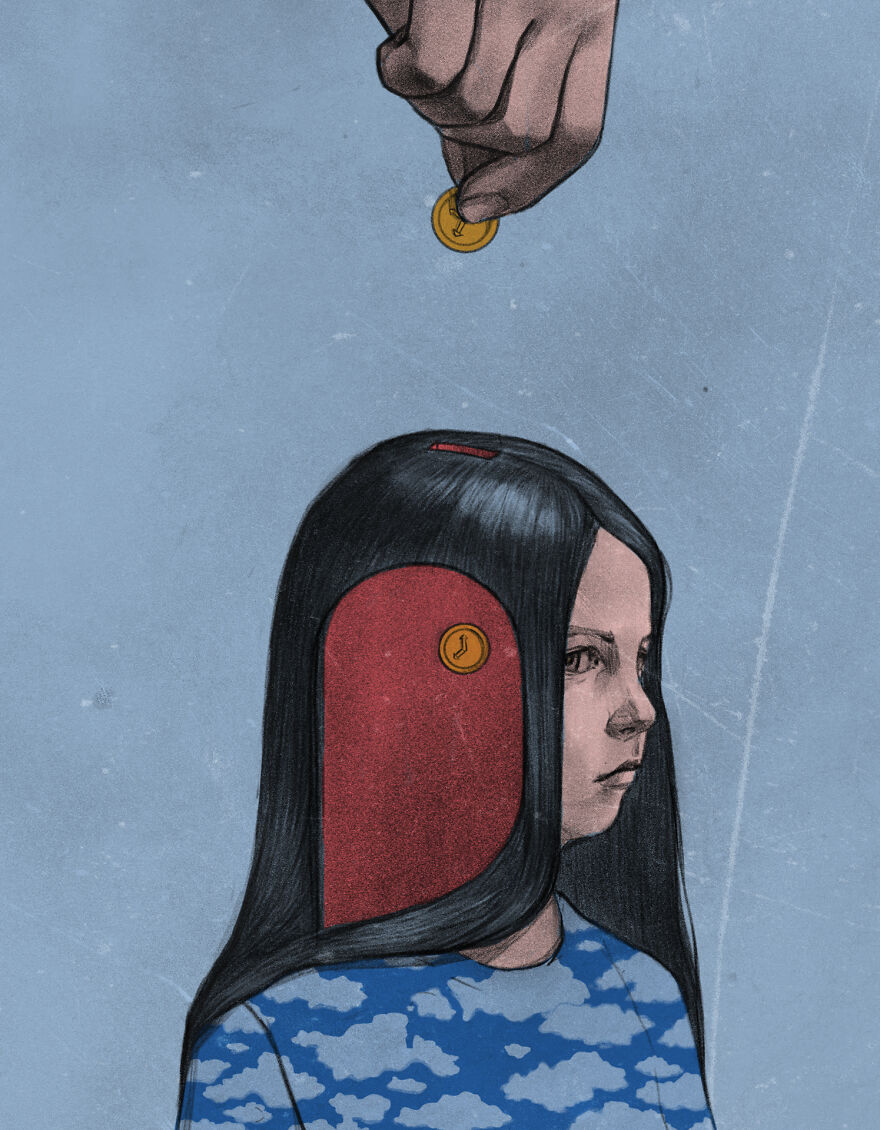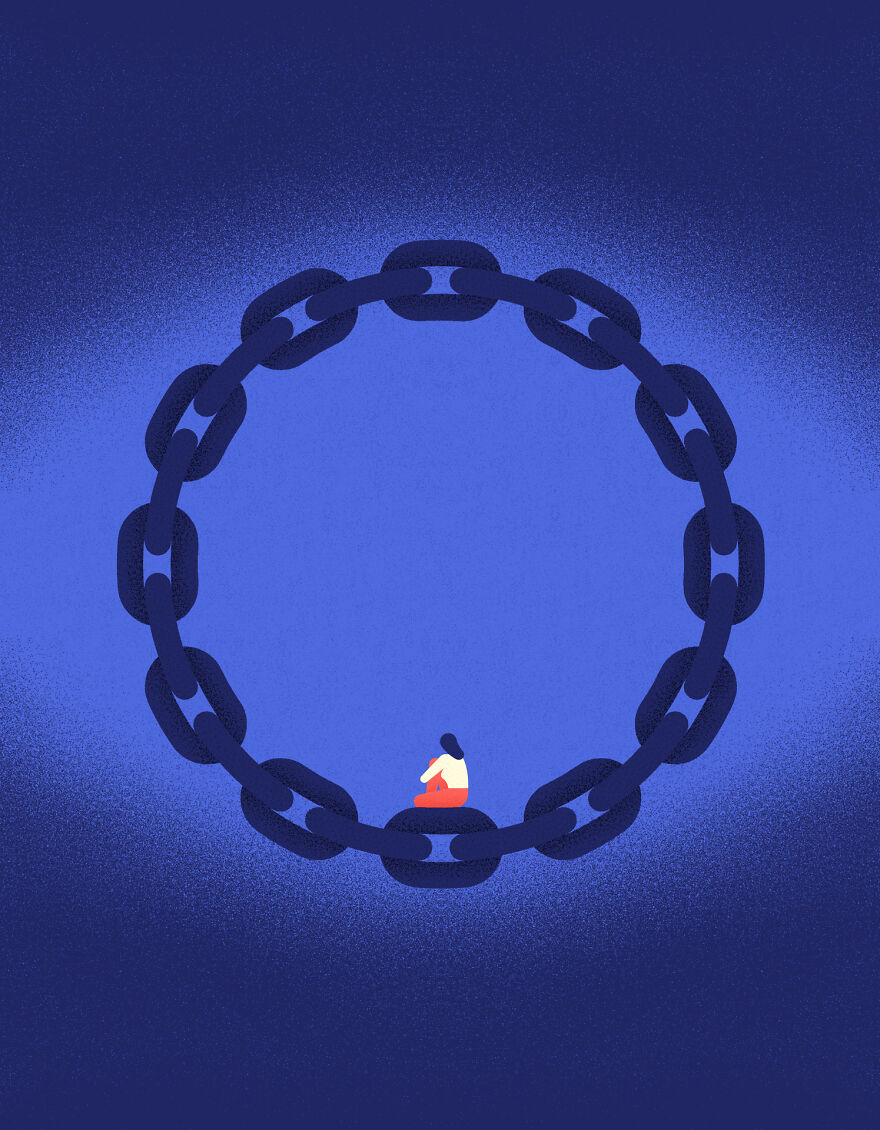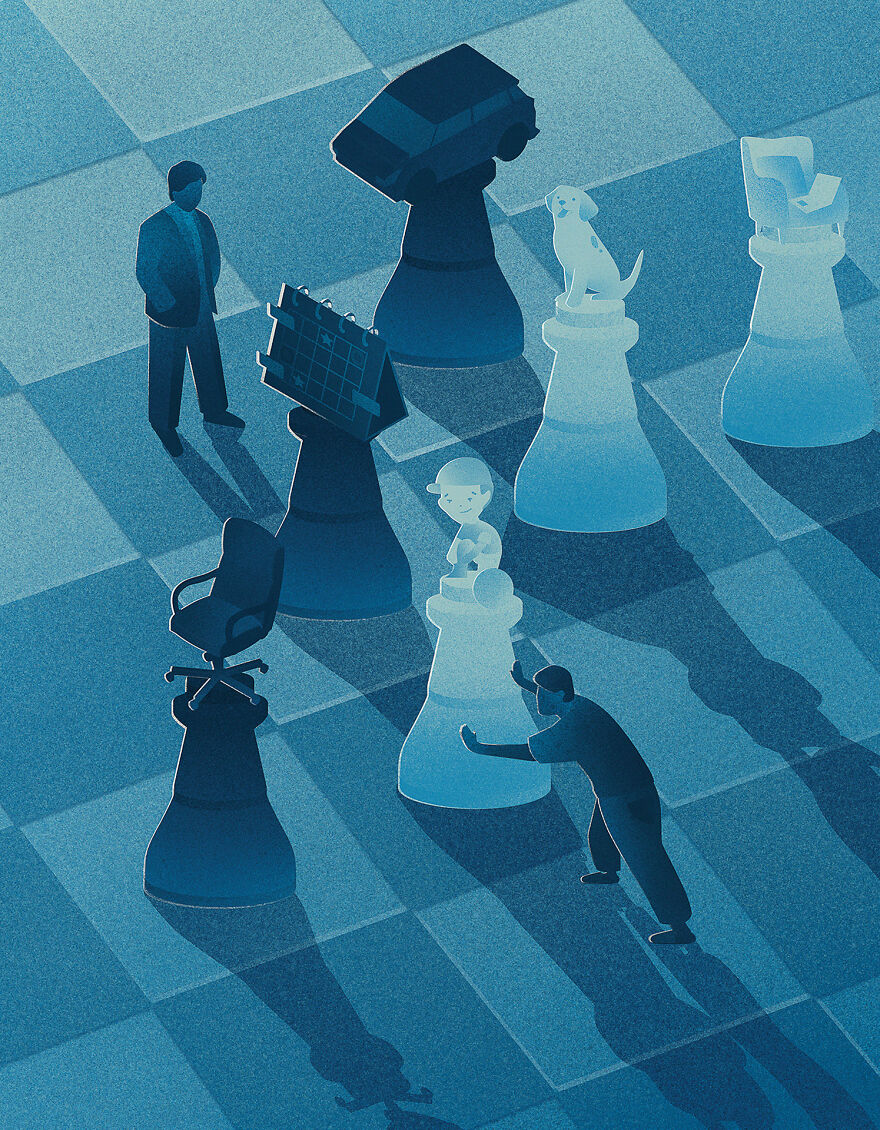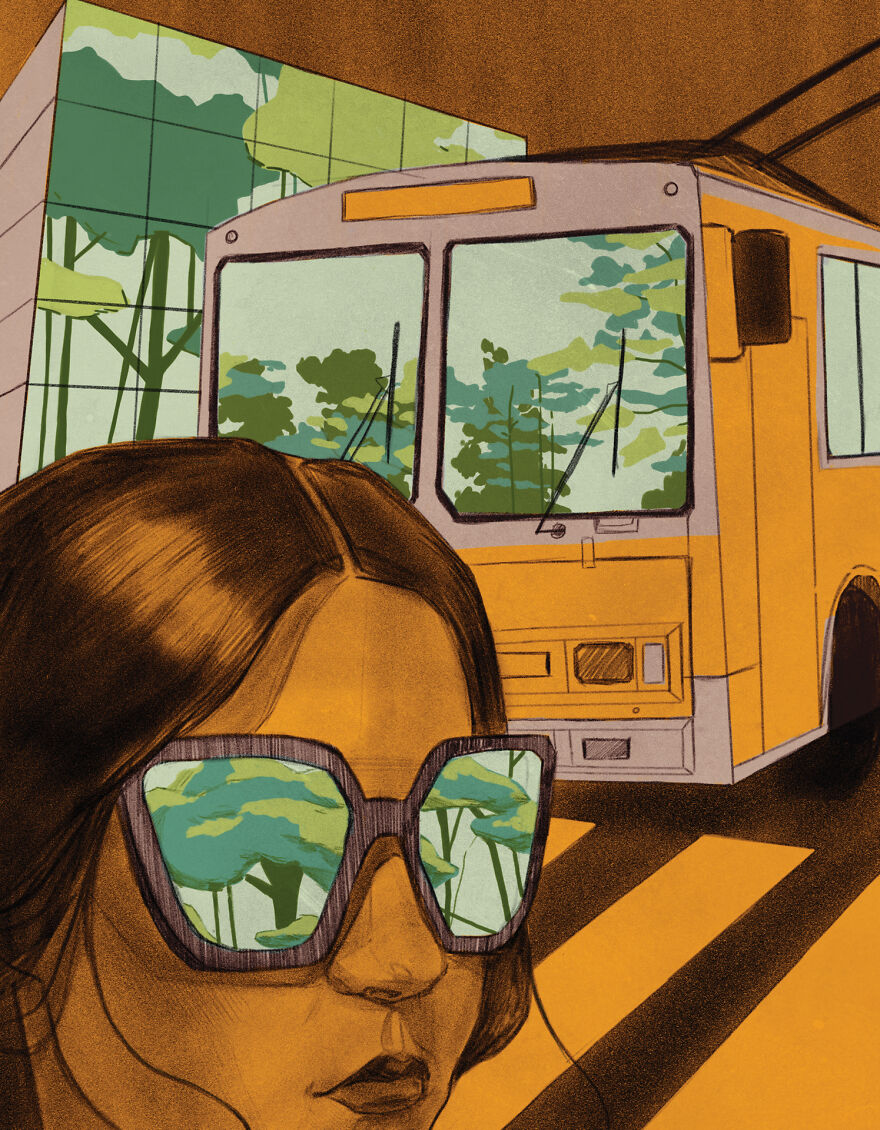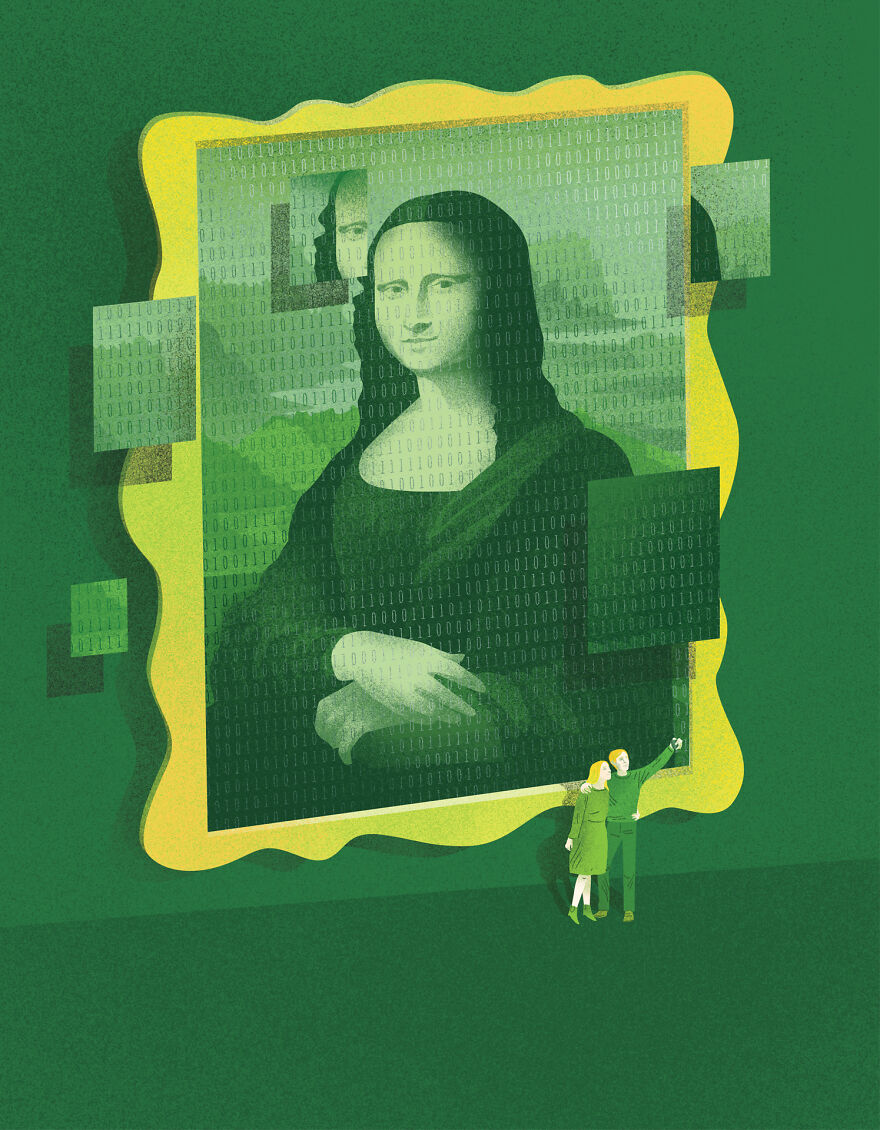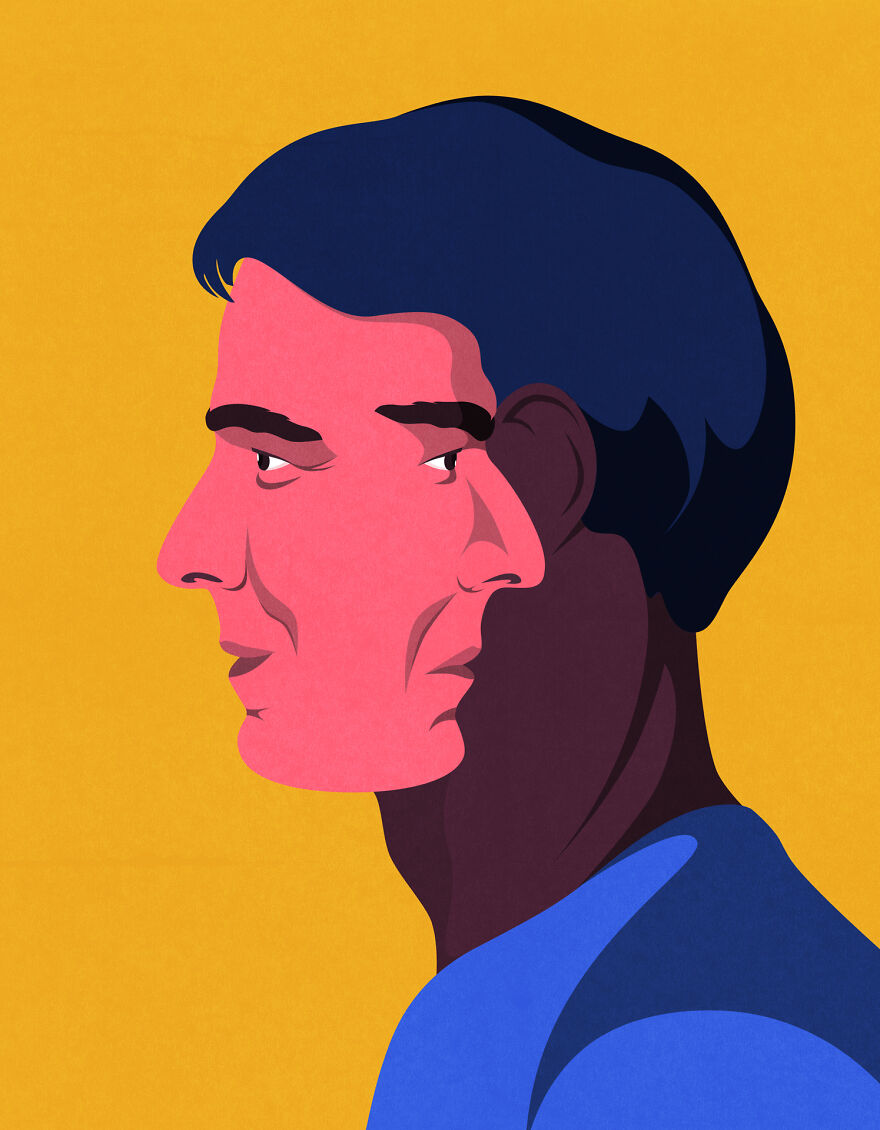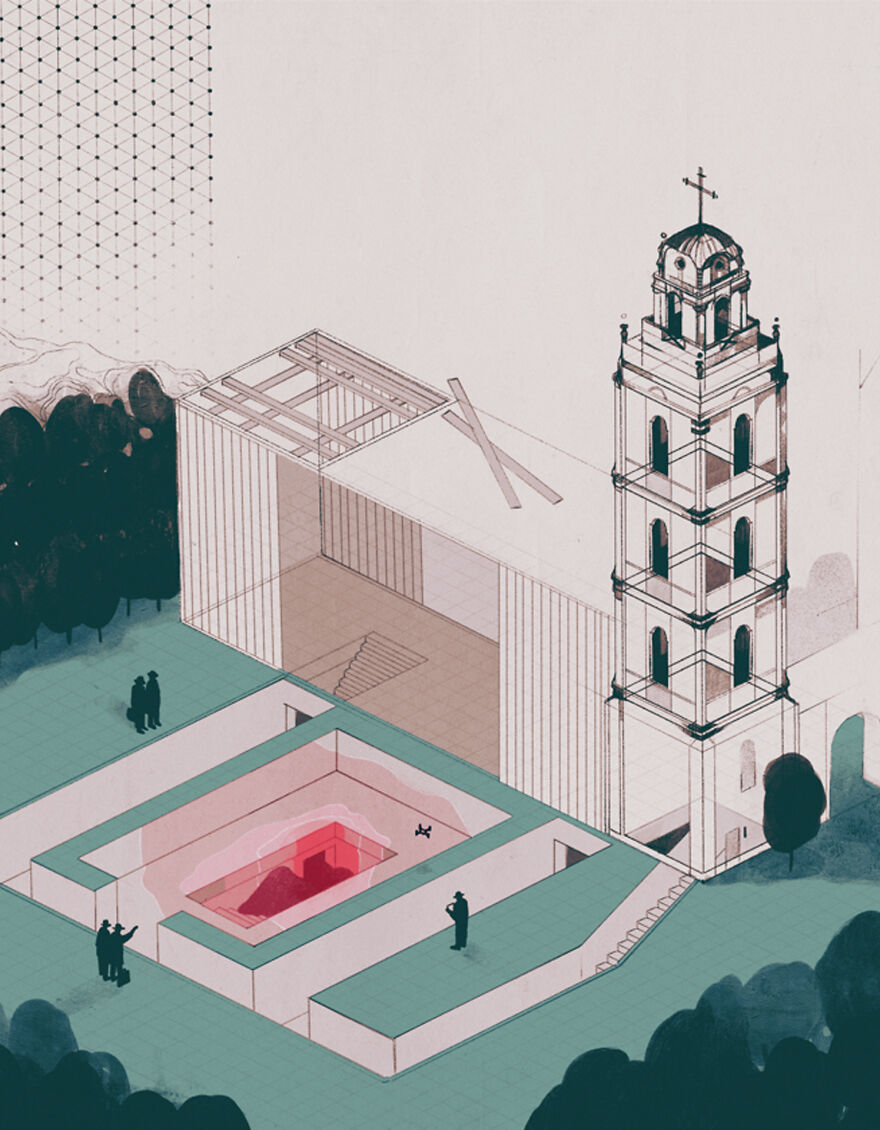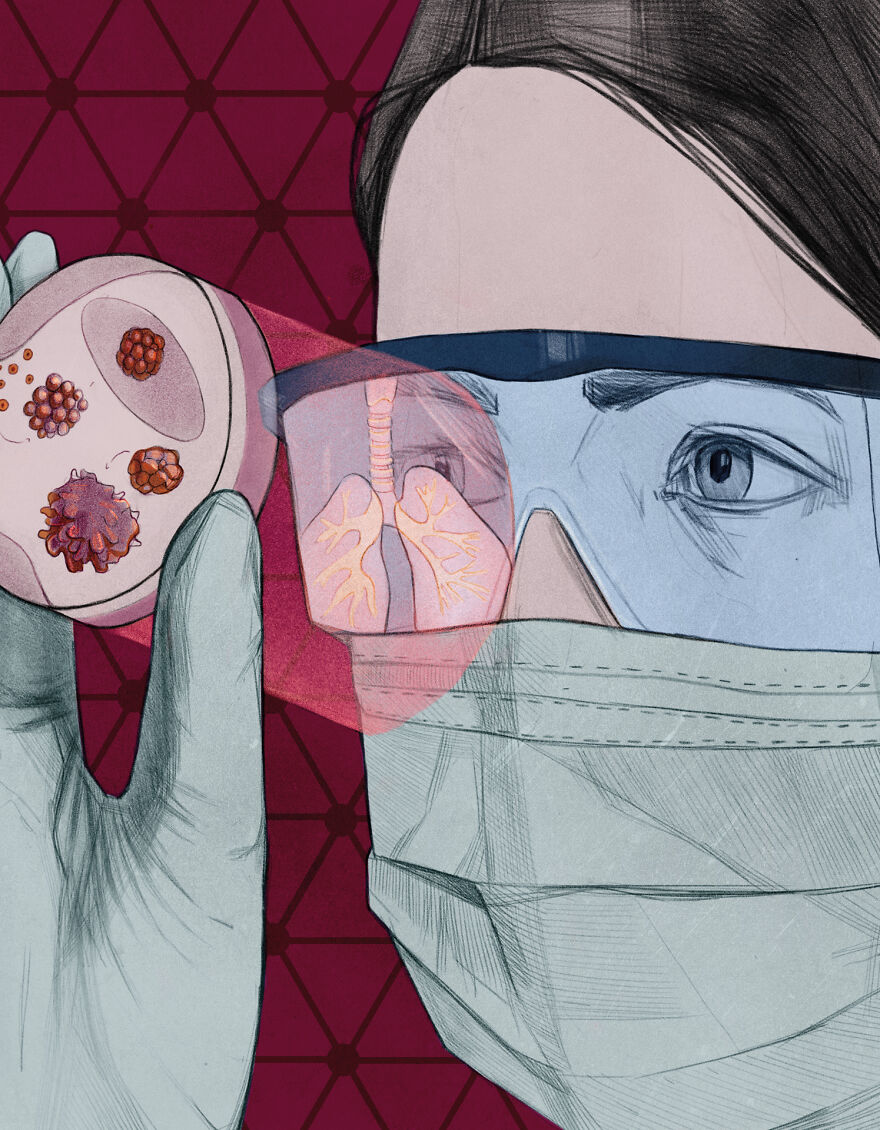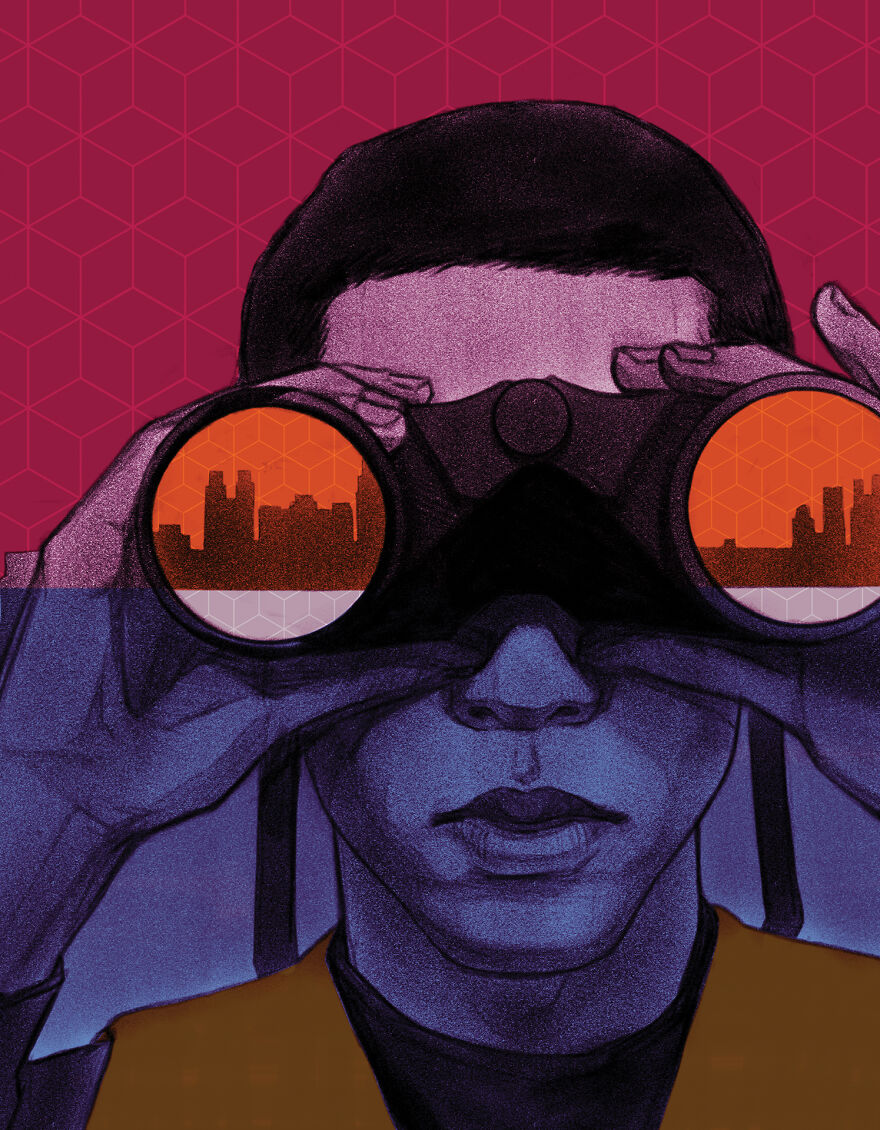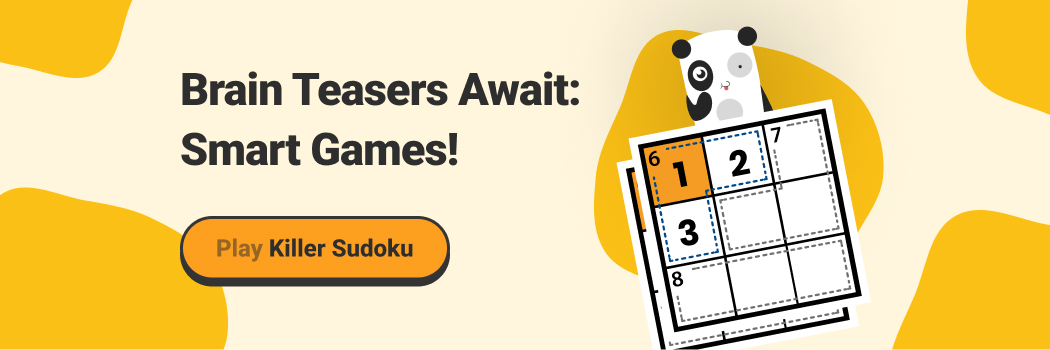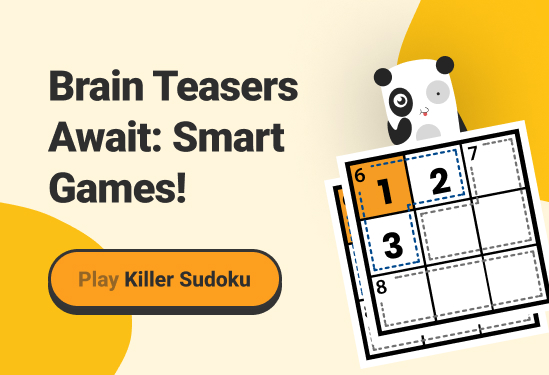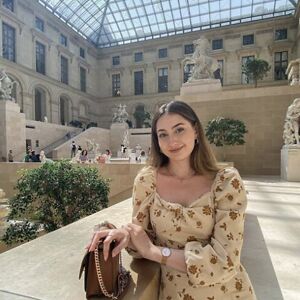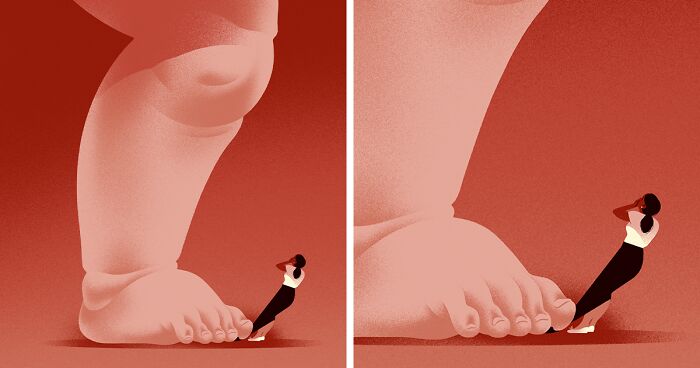
24Kviews
Lithuanian Artists Expose The Flaws Of Today’s Society And Complicated Scientific Ideas In Thought-Provoking Illustrations (16 Pics)
Interview With ArtistNo one can deny a strong connection between science and art. Even Albert Einstein once said that the greatest scientists are artists as well. But how do you convey scientific ideas in an engaging, understandable, original, bold, yet accurate way?
It was the task of the young artists who illustrated the articles in the popular science magazine SPECTRUM, published by Vilnius University, Lithuania.
This post may include affiliate links.
The Other Side Of Maternity By Jekaterina Budrytė
Society often refers to motherhood as the innate meaning and fullness of a woman’s existence. However, not all women experience motherhood in the same way: some find raising a child joyous and traumatizing. Some regret becoming a mother or don’t want children at all.
According to Jekaterina Budrytė, one of the SPECTRUM illustrators, an illustration of a scientific article is like a face or a garment of the text, it should arouse curiosity, intrigue, and offer a new way of seeing the text.
"When illustrating the magazine, I was aiming for simplicity, clarity, a more interesting insight, always wanting to escape clichés and convey my own interpretation", she says.
Chemical Evolution Of Cosmos By Reda Tomingas
We often imagine the Universe as an incomprehensibly large thing. However, in reality, it is constructed of minor elements: elementary particles, atoms, and chemical elements. Almost all chemical elements appeared during the processes in the stars. It may be hard to believe, but in the stars, vital carbon, oxygen, calcium, and all the other elements that life on Earth depends on have emerged.
Greenwashing By Adriana Valantiejūtė
An increasing number of organizations working towards the image of a socially responsible company communicate about projects related to ecology and a more sustainable lifestyle. However, it is becoming increasingly common for organizations communicating their green strategy and sustainable business ambitions to fail to take significant action to protect the environment. This misleads the public and creates the so-called “green brainwashing” effect.
Reda Tomingas, who illustrated the latest issue of the magazine, believes that metaphor is one of the most important elements of successful scientific illustration. It is also very important that the drawing complements the text and makes it even easier for the reader to understand. She tried not to illustrate the themes literally, but to find a way of conveying the main idea, a relevant element of interpretation that would be in line with the essence of the article, but at the same time would be intriguing, and would evoke an "Aha" moment.
Price Changes By Adriana Valantiejūtė
Nowadays, when the supply of goods and services is vast, consumer choice is more than ever affected by rational factors such as price, discount, or the quality of the product and emotions that provoke consumer impulsiveness and spontaneous buying. Therefore, when making decisions to reduce or increase a price, it is essential to assess the consumer reactions to the change in price. A 70% price reduction causes the most significant emotional response of pleasure. However, a buyer may associate an excessive discount with insufficient product quality.
False Intentions By Jekaterina Budrytė
Many legal psychology research papers analyze people’s lies about past events. Meanwhile, little research has been done to assess people’s behavior when they lie about their intentions (talk about plans they have no intention of realizing). As it turns out, in vain, because identifying false intentions could be used as an effective measure to prevent crime.
Good scientific illustrations are not easy to create. Jekaterina Budrytė, says that the most difficult thing is to turn complex information into a comprehensible drawing, which is like a summary of a scientific article but expressed in one illustration rather than one sentence. If you manage to do this, success follows.
S****de Prevention By Ūla Šveikauskaitė
According to the Lithuanian Institute of Hygiene, the number of s****des in Lithuania has decreased by 20% over the past five years. In 2017, it was the lowest since the restoration of independence (26 s****des per 100 thousand population). However, this should only be the beginning of a downward trend in the number of s****des in our country. The Lithuanian Health Strategy envisages a reduction in the number of s****des by as much as 60.5% over the next three years.
Dreams By Andrius Banelis
The mystery surrounding dreams has been of interest to humankind since ancient times. Attempts have been made to decode dreams as hidden messages, often with prophetic content as a hint of what awaits a person in the future. Nowadays, scientists engaged in dream research are still trying to figure out how night-time images emerge, their primary function, and how to manage and interpret them.
Bored Panda interviewed another one of the authors behind this project - Ūla Šveikauskaitė. First, we asked the artist about how she got into illustrating.
"I knew that I would work in the artistic field since I was a child, but I drew my attention towards the illustration subject in the first years of my bachelor studies. I had a desire to do something which has components of artistic expression but also includes visual communication, so illustrating seemed like a good middle ground between fine arts and design."
How Much The Time Costs? By Ūla Šveikauskaitė
Nowadays, having no time is trendy. Everyone seems to lack it. Therefore, economists started wondering where the time goes and how much it is worth these days? They estimated that 1 hour of your work would cost €6.25 and a minute about €0.10. Research shows that Lithuanians give their children and relatives an average of 7 minutes a day, which would cost less than one euro.
Human Trafficking By Andrius Banelis
Human trafficking mostly targets vulnerable people. However, there are myths that people become victims at their own free will. Unfortunately, sometimes victims don’t even realize what they got caught up in because of their vulnerability. Human traffickers primarily direct their criminal intentions towards minors, people with physical or mental disabilities, and women.
No one...and I mean NO ONE would voluntarily subject themselves to human trafficking.
Ūla also told us her opinion about the role that artists currently hold in our modern-day society.
"It really depends on the type of art which is created and the artist itself. Evoking strong feelings towards sensitive issues nowadays is not really a must, but if the artist feels strongly engaged in certain topics, they could use their art as a powerful tool to express certain views in a non-verbal way. In times of social media, images have a strong effect on people’s minds, so the illustrator can use their craft to make important articles about relevant topics more accessible and appealing to a broad audience."
Home-Based Telework By Adriana Valantiejūtė
Researchers who conducted an empirical study during the pandemic and interviewed more than 400 Lithuanians aged 18–64 with employment relationships found that the intensity of remote work was positively influenced by an individual’s personal ability to work remotely and the organization’s approach to remote work. It is safe to say that an organization’s, especially the managers’, positive attitude towards this flexible form of work organization is directly related to the intensity of remote work.
This seems like a bizarrely straightforward point to make. The "intensity"with which you work is directly proportional to your ability and support structure? Yes, yes it is. A more valuable study would have analyzed what types of people or businesses are more likely to adapt well to the change and provide statistical cross analysis as to why.
Urban Green Spaces By Ūla Šveikauskaitė
Green urban infrastructure is not only perceived as trees, city parks, or forests. It can also include children’s playgrounds and even cemeteries. To assess the greenness of cities, it is not enough just to know the exact area of green spaces in the city. In principle, this assessment says nothing about the quality of those spaces, both ecologically and in terms of use. In addition to numbers representing the area or its percentage, there is a need for a spatial, quantitative, and qualitative assessment of the services provided to people by urban ecosystems.
When it comes to this project we were also wondering if any real-life situations might've inspired Ūla.
"My surroundings and my experiences definitely had an impact on the illustrations for 'Spectrum' but not in a 'real-life situation drawn on a piece of paper' way. In some works, I added elements like a reflection of the landscape, which resembles my hometown, a character who looks a bit like me or people from my circles, a visual quote from a famous painting I like, etc. I try not to be too straightforward but sometimes in my work, even if it’s not required, I leave traces of my own personal worldview."
Creative Artificial Intelligence By Reda Tomingas
Algorithms capable of creating are only one step behind the general artificial intelligence that mimics human intelligence. Generative adversarial networks are considered to be just that as they can do almost the same things a human can: create music, draw pictures, synthesize speech.
Stephen Hawking warned that A.I. is one of the greatest threats to humankind.
Morality In Philosophy By Eglė Plytnikaitė
Rapidly growing research on philosophy shows that moral judgments influence us when we think about our identity. People tend to believe a morally impaired person is no longer the same person. Moreover, a growing body of research shows that the continuity of the moral character is more important in making decisions about one’s identity than the continuity of various other psychological characteristics, such as memory.
Artists go through their creative journey receiving a lot of opinions from other people too, therefore we inquired the artist about some of the memorable responses she might've received.
"One friend told me 'Your work is dark yet comforting', that was a big compliment for me. I am happy when people watching my work feel disrupted and at the same time at ease. Some say that they would be happy to hang the illustration I made for a scientific subject on their wall. I am glad because then it means that I interpreted the topic, not in a dry way and that it can work not only as an additive to the article but as an independent visual piece."
Research Of The Cellars Of St. John's Church By Tomas Tarvydas
A few years ago, coffins with human remains and the remains of tombstones were discovered in the largest cellar of the Church of St. Johns. The research initiated by the VU Museum allowed to properly arrange the discovered remains and reveal some significant facts of the past about the legendary story of 36 Franciscan martyrs of Vilnius.
Human Organs From A Test Tube By Ūla Šveikauskaitė
The long journey of scientific progress, which has helped humanity to realize that tissues are made up of cells, will in the future lead to the cultivation of human organs in tubes, as we can already foresee today. This will probably bring us closer to the possibility of creating an artificial human being - not a thinking creature homo sapiens but an organism performing human physiological functions.
Think of the possibilities. No longer would there be wait lists for transplants of liver, kidneys, lungs etc. Many lives would be saved.
We also asked Ūla about what would she like for people to take away from her work, and here's what she told us, "When I illustrate the text I would really like for people to find my work relatable at first, that is what makes a viewer stay with the piece for more than 5 seconds. Then, through a visual, I would like for the viewers to immerse themselves in a seemingly more difficult subject, start to think about the particular issue from a different angle, and through the aesthetic feeling, find the topic closer to them."
Lastly, we asked about how Ūla came up with the ideas for her illustrations from this particular project.
"Since a lot of subjects in 'Spectrum' are science-related, I needed to get myself very well informed at first, so as not to spread disinformation unintentionally. Then, after a lot of research, I wrote some keywords and made visual associations with the scientific subjects. After research, notes, and scribbles, I moved to more accurate sketches of the composition and then to the final version.
To make the illustration work, you need to combine the images familiar to many with an unexpected visual twist. Sometimes you come up with an idea that takes hours of research, sometimes it just occurs in your head when you go for a walk or take a shower."
Climate Change By Ūla Šveikauskaitė
The global scientific community agrees that if global temperatures rise by more than 2°C above pre-industrial levels, we will all move closer to a disaster.
First of all, climate change will lead to more frequent and significant natural disasters, degradation of the natural environment, affect human health, and, most importantly, disrupt international security in the world.
I like the art style, however I find these pieces mostly trite. None of this art takes on either groundbreaking research or the sometimes significant ethical conundrums of research. The closest it gets is test tube organs, but even that misses the really important part (that these organs can be used instead of "animal models" for more accurate and less cruel research on drugs and other treatments for serious disease). That's not to say the fields mentioned aren't putting forward amazing progress, but this article really hits home for me just how disconnected most people are from the really interesting and important advancements of the last half decade. Moreover, this collection looses a lot of the hope I have found in scientific advancement.
You draw better then.....easy to criticize, hard to match effort.
Load More Replies...I like the art style, however I find these pieces mostly trite. None of this art takes on either groundbreaking research or the sometimes significant ethical conundrums of research. The closest it gets is test tube organs, but even that misses the really important part (that these organs can be used instead of "animal models" for more accurate and less cruel research on drugs and other treatments for serious disease). That's not to say the fields mentioned aren't putting forward amazing progress, but this article really hits home for me just how disconnected most people are from the really interesting and important advancements of the last half decade. Moreover, this collection looses a lot of the hope I have found in scientific advancement.
You draw better then.....easy to criticize, hard to match effort.
Load More Replies...
 Dark Mode
Dark Mode  No fees, cancel anytime
No fees, cancel anytime 




